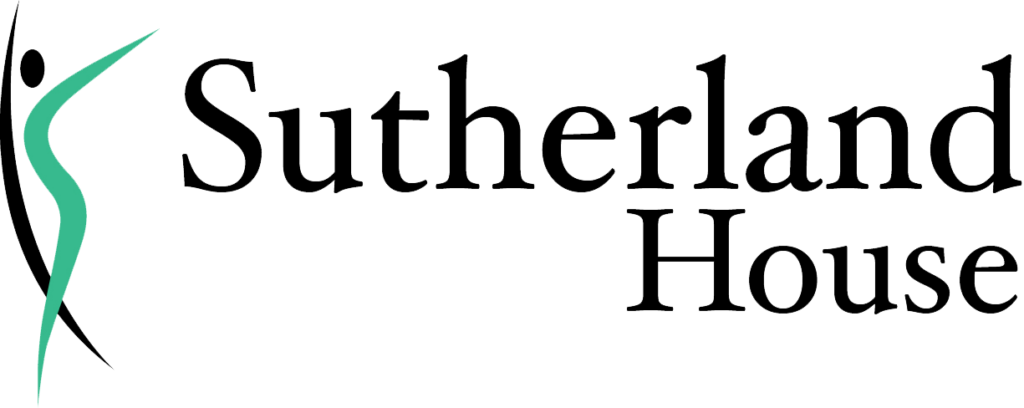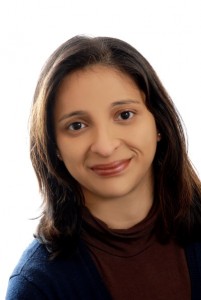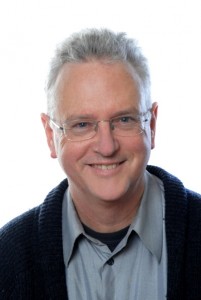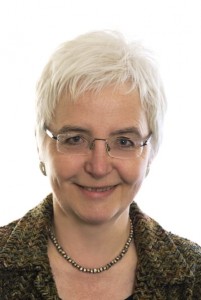Osteopathy
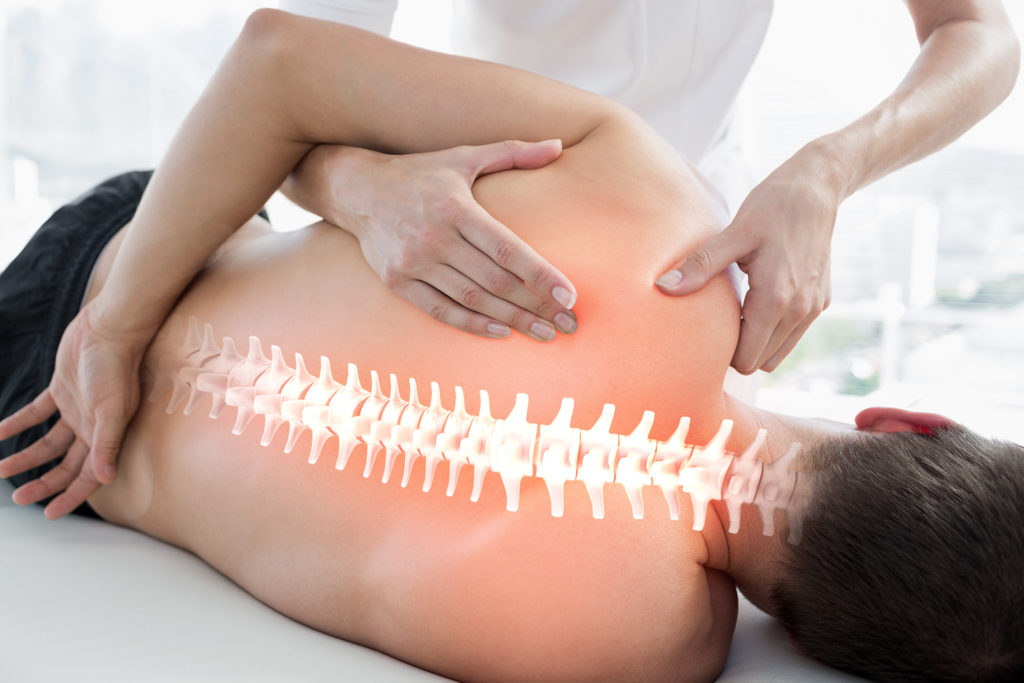
To an osteopath, for your body to work well, its structure must also work well. So osteopaths work to restore your body to a state of balance, where possible without the use of drugs or surgery.
Osteopaths use touch, physical manipulation, stretching and massage to increase the mobility of joints, to relieve muscle tension, to enhance the blood and nerve supply to tissues, and to help your body’s own healing mechanisms. They may also provide advice on posture and exercise to aid recovery, promote health and prevent symptoms recurring.
Osteopathy is a philosophy of healthcare that acknowledges that the living body is a self-renewing, self-regenerating, self-recuperating system which maintains health constantly throughout life. Whenever that health-maintaining system is compromised, symptoms or disease could develop. Osteopathy is concerned with that which has compromised health rather than the resulting condition.
Osteopaths have been regulated by statute since 1993. They are trained to diagnose conventionally and also to use their hands to assess body function and dysfunction. This gives the osteopath uniquely sensitive information about the disability within the body and how this insight might be used to help restore health.
Although people commonly describe their symptoms in terms of conventional medical conditions, osteopaths do not primarily treat medical conditions; they are more concerned with the cascade of events which could have contributed to the development of those medical conditions.
To book an appointment, or get in touch with a practitioner, call
You can also check practitioner availability and book an appointment online.
Sutherland House Osteopaths
Registered Osteopath
Bsc (Hons) Osteopathy Med ND DPO
Cranial Osteopathy
FSM Practitioner
Registered Osteopath
BA DO MSCC POD BA (Hons.) Humanistic Psychology
The Osteopathic Treatment of Children and Newborns
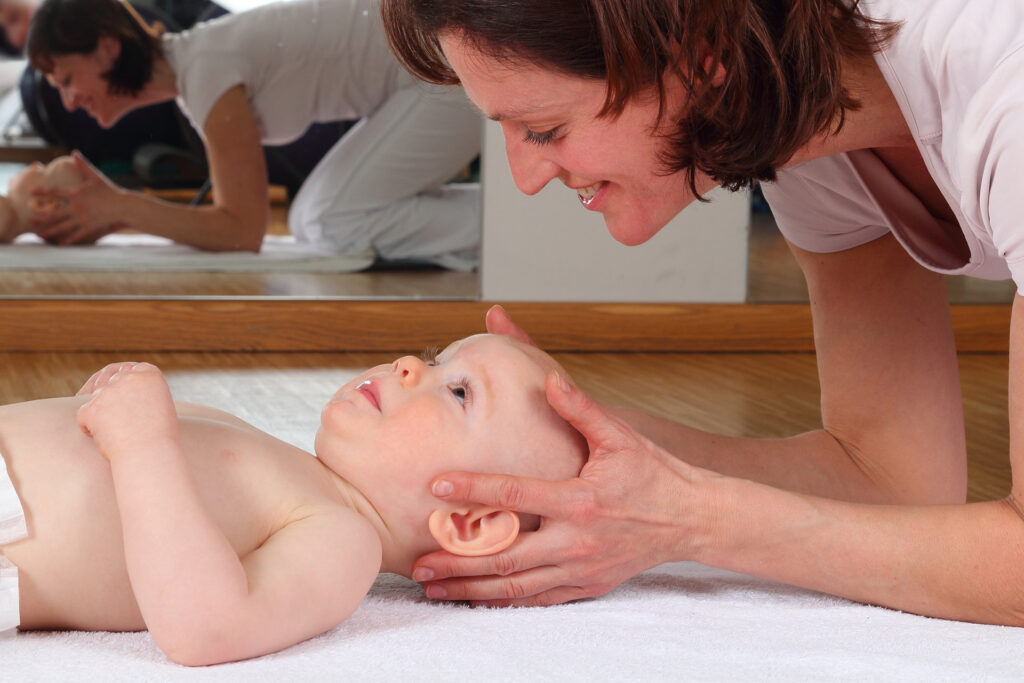
For decades the gentle hands-on approach of cranial osteopathy has been the treatment of choice for babies who are fretful and crying. Some are traumatised by the birth process or simply overstimulated, while others may have suffered in the womb. Later on in childhood growth is influenced not only by our own genetic programming but also by our experiences in life. As Dr Sutherland said ‘As the twig is bent so doth the tree incline’. An osteopath understands the normal phases and many influences upon musculo-skeletal growth. Thus the normal and variant are readily recognised in the young patient. With a knowledge of those diseases which occur in childhood and an understanding of critical growth periods, the osteopath may influence development. A sensitive awareness of the emotional challenges which affect a child completes the practitioner’s holistic approach. Thus the critical periods of a young person’s life are supported and health is encouraged.
EXCELLENTTrustindex verifies that the original source of the review is Google. The staff is vey kind and professional. The place is welcoming too. I went there for a blood draw. Everything went smoothly from start to finish. I wish they were closer to my home so that I could try all the other services too.Trustindex verifies that the original source of the review is Google. After seeing a specialist in Harley Street and two physios in Kensington, I was still struggling with a Grade 1 calf tear and ankle tendinitis. Then I found Anna at Sutherland House—and everything changed. After just six sessions of FSM and physio, my ankle felt completely new. I’m now back to the sports and activities I love, pain-free. The only challenge? Trying to wean myself off the FSM treatments—they’re that effective. Huge thanks to Anna at the amazing Sutherland House!Trustindex verifies that the original source of the review is Google. I was extremely happy with our sessions here. All the therapists were super knowledgeable and professional. Plus really nice and friendly people, who make you feel safe and confident, which is especially important when you are trusting them with your child's health. Special thanks to Eva, Marina, Renata and Vendula ♥️Trustindex verifies that the original source of the review is Google. The team at Sutherland House is very professional and welcoming. I took a few appointments with Eva, in order to treat sports injuries and alignments and I saw the absolute professional in her from my first appointment. Eva took a holistic approach to the body before focusing on the specific injury. We did FMS together with structured home exercises for strength and I felt better immediately. The ladies at reception are always super polite and professional as well! I would highly recommend this clinic! Thank you, team 🩷Trustindex verifies that the original source of the review is Google. Trustindex verifies that the original source of the review is Google. Lovely clinic with a very friendly and knowledgeable team. I‘ve been with Eva and Marina for some time now & my health has already improved significantlyTrustindex verifies that the original source of the review is Google. Eva is a very gifted healer, a remarkable physio and specialist in frequency specific microcurrent, I have referred many people to her clinic and they have all had great results also. Thank you for what you doTrustindex verifies that the original source of the review is Google. Vendula Safarova and her colleagues were very helpful and caring. Ms Safarova was especially helpful going well beyond her remit to help me. Thank you so much. JTrustindex verifies that the original source of the review is Google. Renata Stanska is a superb massage therapist. She has a wonderful touch and lovely personality. I recommend her highly.Trustindex verifies that the original source of the review is Google.
